Painted Button-quail are enjoying a resurgence at present in the district.
A woodland specialist, they can be found in a range of habitat types, favouring places with a reasonable shrub or grassy layer. While usually difficult to spot there are two tell-tale signs of their presence:
- Their distinctive calls, either a soft, booming sound reminiscent of a Common Bronzewing or a repetitive ‘clucking’ sound.
- Small dish-shaped depressions, known as platelets, that are created by the slow spinning motion of foraging birds. These platelets, once recognised, can sometimes be found in their hundreds within an area of a few tens of square metres.
Walking slowly and quietly, as I do, through the bush often allows close observations of feeding birds. Such was the case at the Rise and Shine earlier in the week. A pair was feeding amongst a patch of Daphne Heath and Gold-dust Wattle, while others could be heard calling nearby. After watching on for perhaps thirty minutes I noted one of button-quail, a female, begin to dust-bathe. The exact spot is shown in the first image below. The bird spread its body and fluffed its feathers, raising a tiny cloud of dust in the process. If I had not witnessed this behaviour I would have assumed that the depression was caused by foraging alone.
While there are many recorded observations of platelet creation by Painted Button-quail, notes on dust bathing are scarce. I suspect that the species uses platelets as perfect spots for dust bathing in the already exposed soil. I’ve often seen Brown Quail dust bathing but this is the first time I’ve observed it with Painted Button-quail, noting that they belong to different families and are not closely related.
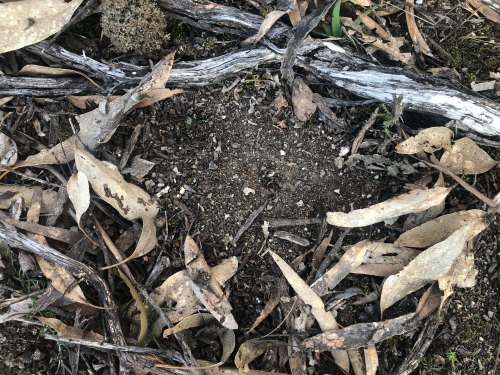
Painted Button-quail, dust bath depression, Rise and Shine Bushland Reserve, 7th August 2023.

Painted Button-quail platelet.
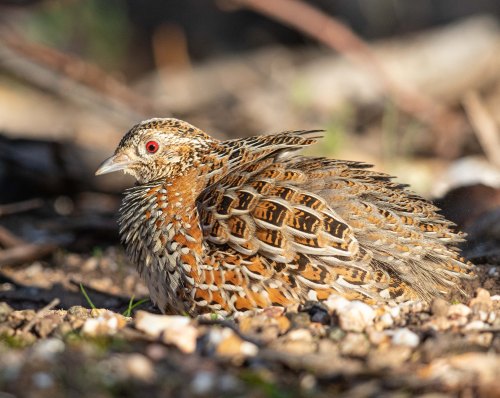
Painted Button-quail (female)
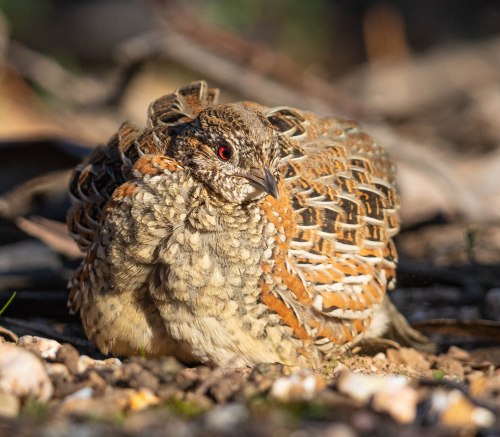
II
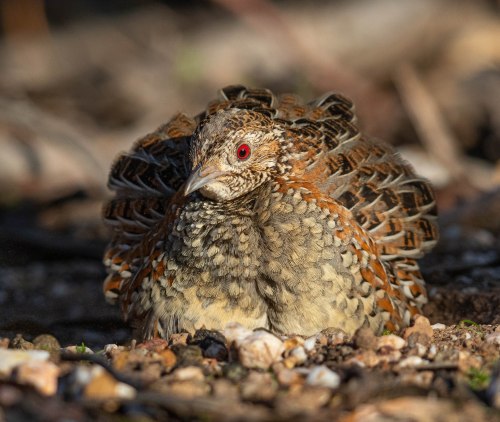
III

IV

V
Male and female Painted Button-quail are similar in appearance, however the females are noticeably larger and more brightly coloured.
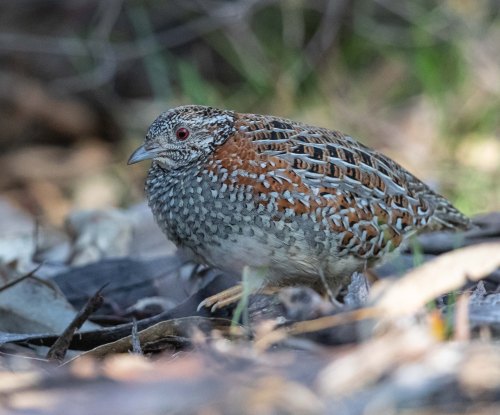
Painted Button-quail (male), foraging.
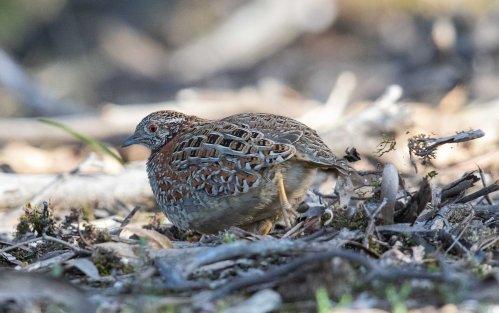
II
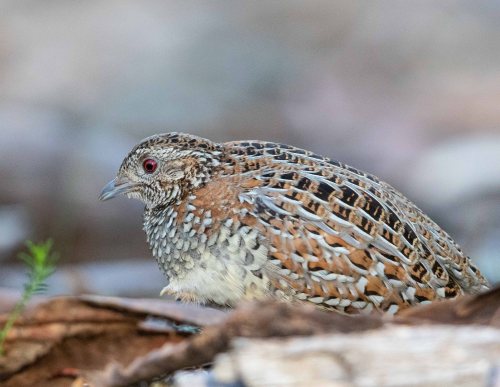
III



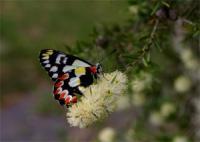
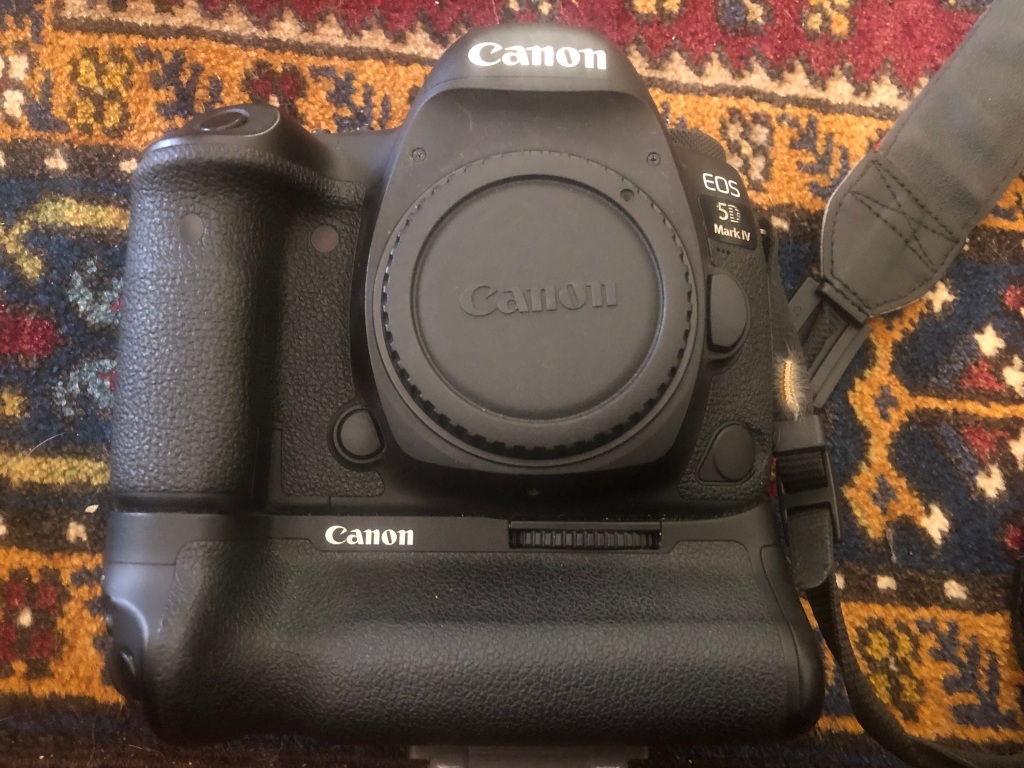
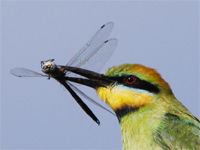





Great photos. How did you get so close?
Some local knowledge, an hour of patient waiting, a long lens and a little luck!
Thanks Geoff
Sent from my iPhone
<
div dir=”ltr”>
<
blockquote type=”cite”>